A user’s guide to being a woman
Jobs, children, politics, lipstick. Women have a lot on their plate at a time when there has rarely been more opportunity or challenge.
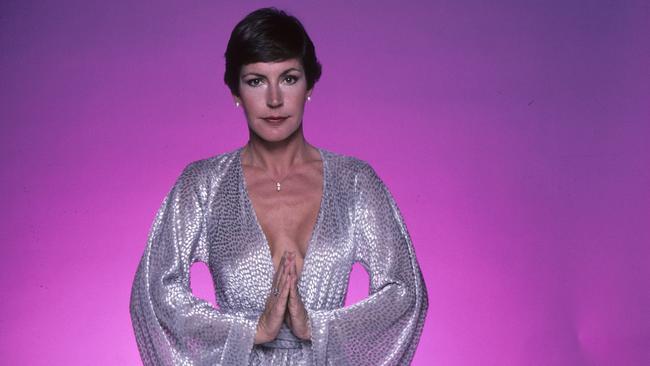
STEM SISTERS
“Only 17 per cent of people working in Australian science, technology, engineering and maths are women, and women’s participation is even lower if you only look at technology and engineering,” says Kylie Walker, CEO of the Australian Academy of Technology and Engineering. We fail to include women in these endeavours at our peril. As any biologist can tell you, diversity is the key to a resilient and thriving ecosystem: it’s no different for the creation and application of knowledge, and the quest for creative and practical solutions to the big challenges we’re facing today and will face in the future.”
In Walker’s previous role as CEO of Science and Technology Australia, she was instrumental in the 2017 launch of Superstars of STEM, dedicated to helping women working in STEM to get equal media representation. Since it launched, 90 “superstars” have gone through the program and 70 per cent of participants have reported career progression.
“Encouraging and nurturing a strong, inclusive, diverse STEM workforce is the key to quick and clever problem solving, building a better society, sustainable environmental stewardship and of course a robust economy,” says Walker. “Creating gender balance in STEM requires action in individual institutions, as well as the broader system.
“It also requires culture change and proactive dismantling of the stereotype that the best scientists and technologists are lone genius men. It’s never been true; it’s just that the women have been unwelcome, unsupported and unacknowledged. That’s finally changing but there’s more work to do.”
The Deal: The women's pages
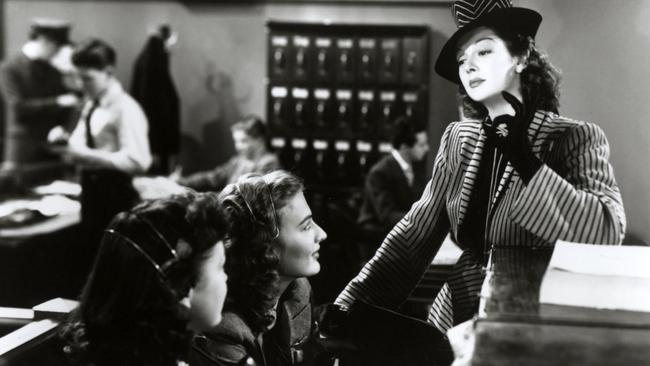
Here’s how to win as a woman
There is plenty of advice offered to women about how to succeed at work, but most of it is wrong.
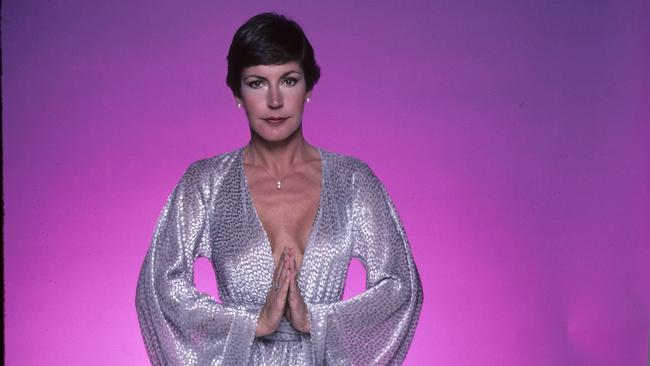
A user’s guide to being a woman
Jobs, children, politics, lipstick. Women have a lot on their plate at a time when there has rarely been more opportunity or challenge.
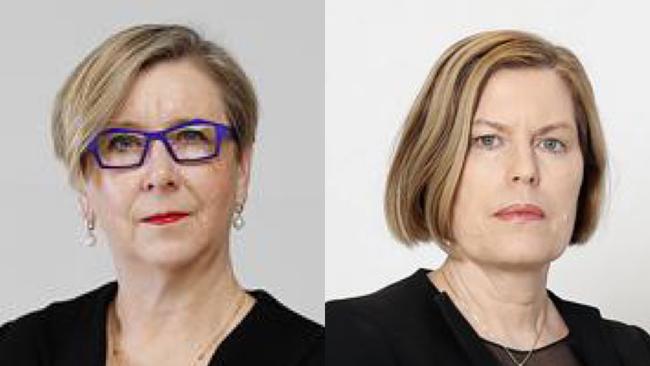
The women leading the COVID-19 fight
It took a deadly virus and a devastating pandemic to see the brilliant minds and sheer competence of the women on the virus frontline.
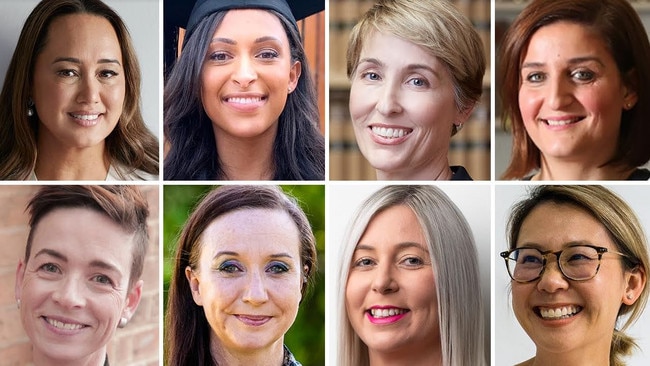
Legally (very) smart: the women who rule the law
There are more women than men studying law every year, but the road to the top of the profession is far from straight.
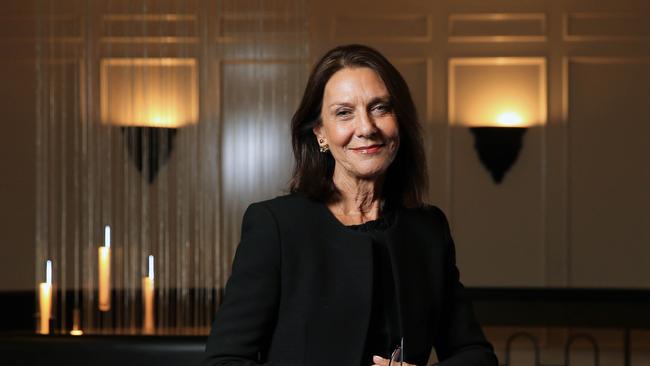
Wish list for women
It’s been a challenging year for everyone in the workforce but have women been affected more than men? And what does next year hold?
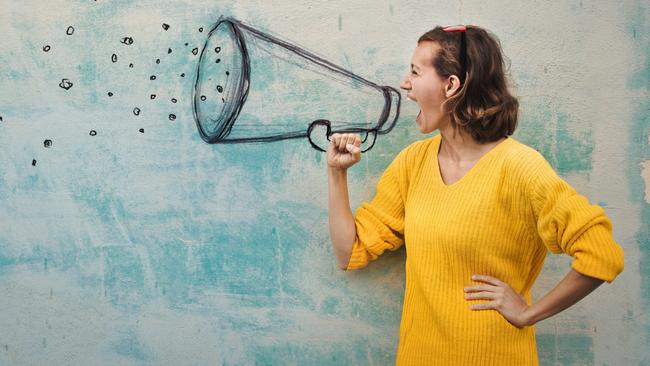
Speak up! It’s time for women to fight their corner
The conversations women have about their careers will often determine their futures. Finding your voice is the first step.

How women investors are gaining power
It’s time were taken seriously as a huge potential pool of clients for financial advisers.
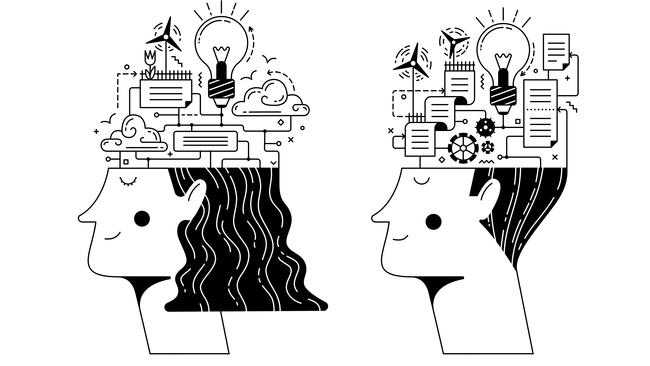
Daddy, where do brains come from?
We need to keep challenging the stereotypes that women are always co-operative and empathetic
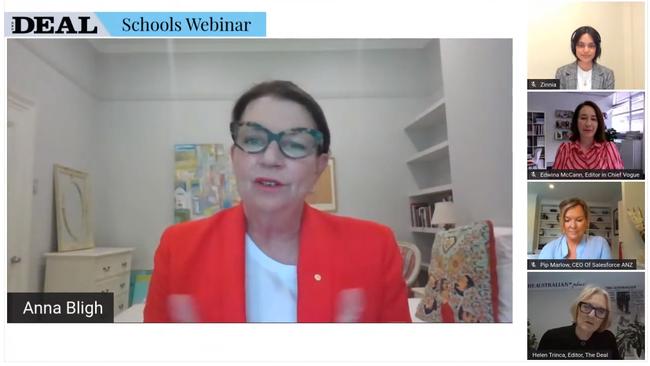
Social media, success and sexism
Hundreds of Year 11 girls linked in for The Deal’s special panel discussion with women leaders.
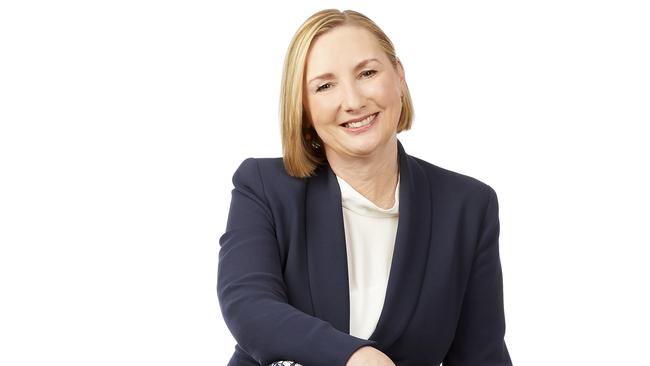
Susan Lloyd-Hurwitz: why there’s no playbook for the pandemic
Australian museum chief executive Kim McKay sat down with Susan Lloyd-Hurwitz, CEO of Mirvac.
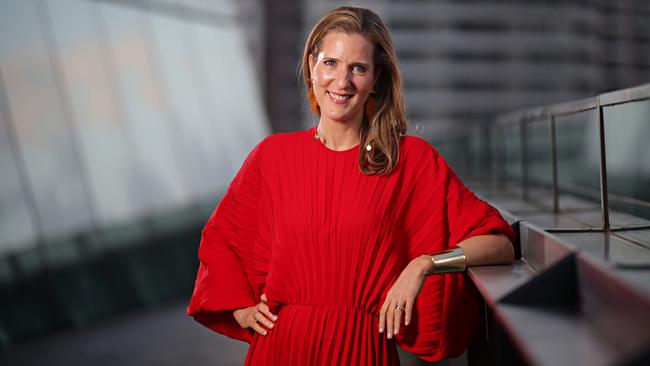
MECCA’s Jo Horgan on the gender gap and dark side of the web
Shelley Reys, KPMG partner and chief executive of Arilla Consulting, interviewed Jo Horgan, entrepreneur and founder of cosmetics empire MECCA Brands.
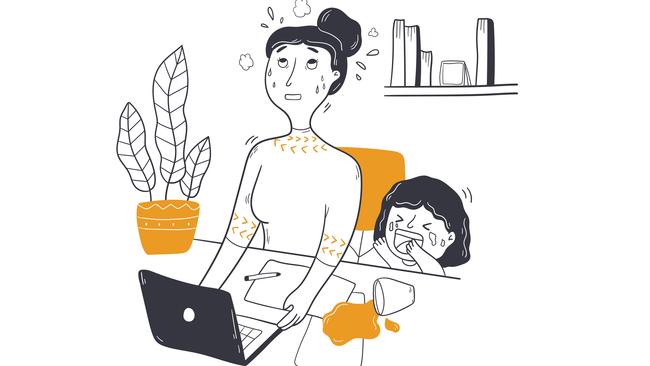
Why women can’t do it alone
We need family-friendly policies but organisations serious about tackling the gender gap need to get men on board.

Science numbers: Covid impacts women researchers
Building the careers of women in our nation’s laboratories is even more crucial in the pandemic.
DOCTORING THE BOOKS
In 2018, Tokyo Medical University admitted to fraudulently lowering the entrance test results of young women for more than a decade, ensuring more men made the cut and keeping the ratio of female students below one third.
OECD data shows that around the world women make up most workers in the health care sector, but are under-represented in the most highly skilled and highly paid occupations. In Japan and Korea, only 20 per cent of doctors are female.
-
THE BRONZE CEILING
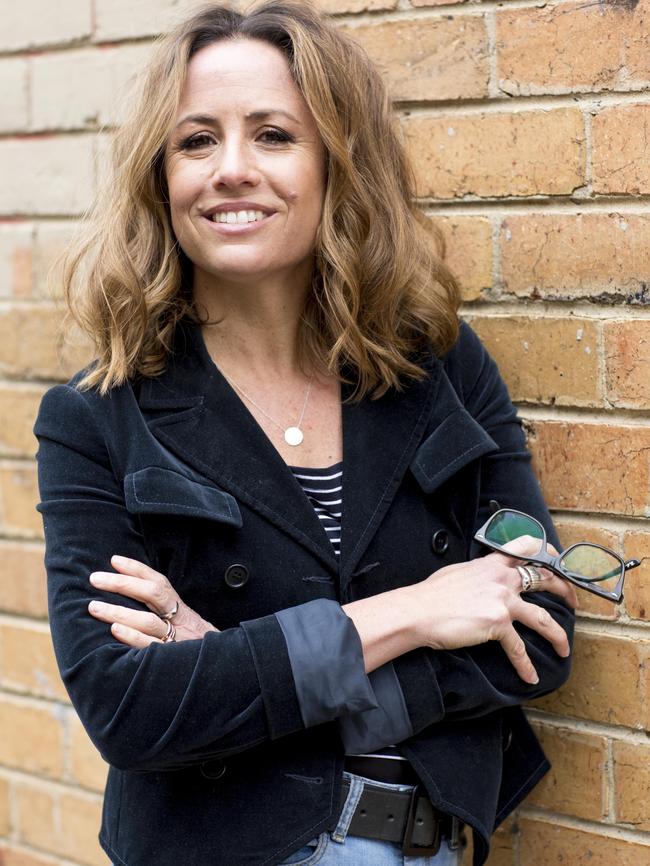
Historian Clare Wright is campaigning for civic gender equity, including the naming of electoral divisions and the subject matter of monuments.
“It beggars belief, but only 3 per cent of statues in Australia are of women – there are more statues of animals than there are of women,” says Wright, who won the 2014 Stella Prize for her non-fiction opus The Forgotten Rebels of Eureka. “Little boys and little girls walk past all those statues of those blokes and the message that comes down subliminally is ‘That fella did something important’. It doesn’t matter if you don’t stop to read the words: how you read our streets is that men do stuff that’s important enough to have a monument built to their enterprise. The converse of that message is that women didn’t do anything significant enough for anybody to bother building anything to remember them by.”
Wright, a professor of history at La Trobe University, has a vision for an Australia where the statue around the next corner could just as likely be one of a woman “taking up space, and giving the general impression that women’s ideas, efforts and achievements are part of the fabric of the city”. She is co-convenor, with journalist Kristine Ziwica, of a new campaign to make it happen.
A Monument of One’s Own launches this month, with Julia Gillard as the founding patron, agitating for more statues of women across Australia. “The Prime Minister has earmarked $50 million for another memorial to James Cook — there are already more than 200 of them,” says Wright. “How many statues of women could be built for $50 million? Statues of Indigenous women who fought for their country against dispossession, of migrant women who struggled to make a new life for themselves and their families, and to change the conditions of society here, of colonial women who were political trailblazers, the mothers of Federation … the list of names of credible women who deserve a monument of their own is immense and 3 per cent is simply insulting.”
-
EQUALITY CHAMPION
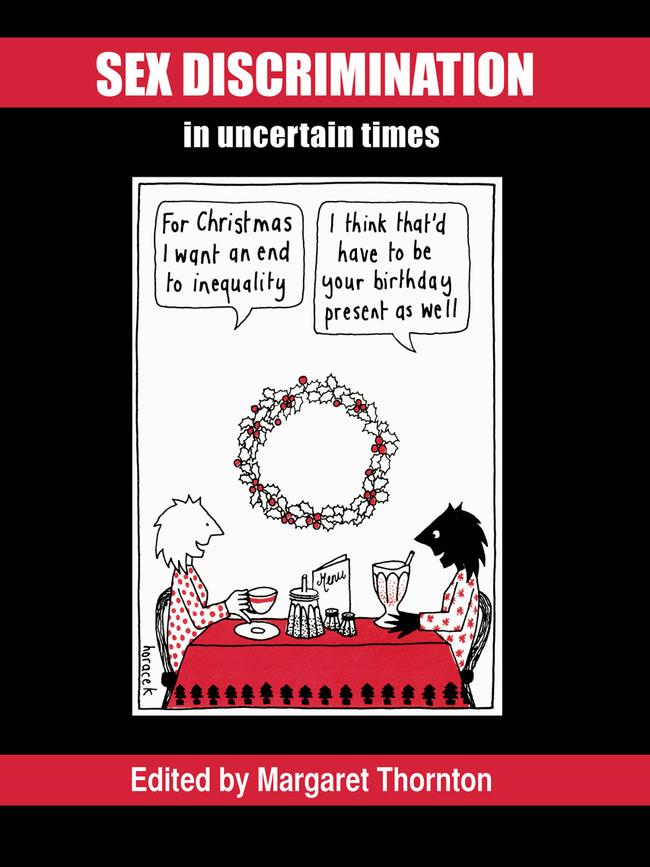
Susan Ryan introduced the first Sex Discrimination bill as a Private Member’s bill in the Senate in 1981 but it was adjourned without a vote.
The affirmative action provisions were particularly contentious and did not form part of the revised bill, which the Labor Party introduced soon after coming into office in 1983.
These provisions were set aside and, with the support of then prime minister Bob Hawke became the subject of separate legislation — viz., Affirmative Action (Equal Employment for Women) Act 1986 (Cth).
Despite the hysteria surrounding the Sex Discrimination bill, its aims were in fact extremely modest and unlikely to bring about the end of civilisation, as detractors predicted.
Sex Discrimination in Uncertain Times Margaret Thornton (editor) ANU
-
ON MAKEUP
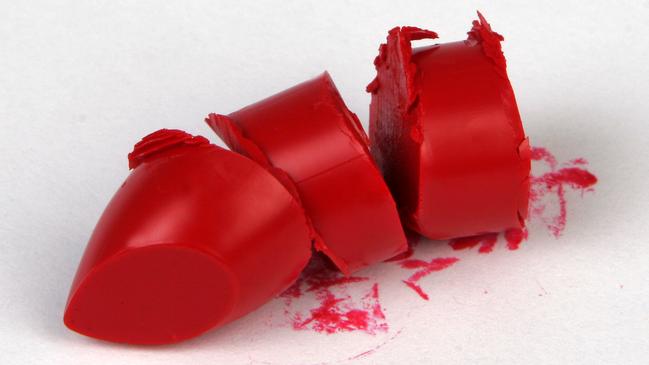
FOR: “I am not a natural beauty and have worn makeup to highlight and enhance my facial features, and hide skin imperfections my entire adult life. Now in my 50s, the idea of NOT wearing makeup in my 60s, 70s and beyond just ain’t going to happen. However … I have toned down my routine compared to how I ‘painted’ my face in my 20s and 30s. But there are some things I will never give up — most especially a strong red lip.”
Anne-Maree Gale, Australian 50+ fashion blogger, WhatEveryWomanNeeds.com (and journalist at The Australian)
AGAINST: “Women who wear makeup spend an average of nine whole days every year of their lives applying it. I have chosen to use that time campaigning against sexist stereotypes, such as the notion that women look better with makeup. When I became a feminist, at the very end of the 1970s, it was a given that sporting a natural look was a radical act. Then, at the end of the 1990s, liberal feminists claimed that wearing makeup was now a radical choice and we were no longer pressured into it because we are now emancipated from patriarchy. What tosh.”
British journalist Julie Bindel
-

‘What should a woman in politics wear? How about a garbage bag to match your rubbish views?’
— Liberal MP Nicolle Flint (wearing a garbage bag, above) in a viral video responding to a newspaper column in Adelaide’s Sunday Mail by journalist Peter Goers in which he criticised her fashion choices
-
THE PARENT TRAP
Annabel Crabb’s 2015 book The Wife Drought was subtitled Why Women Need Lives, and Men Need Wives, in case anyone missed the point.
Change on this front is painfully incremental and, in her 2019 Quarterly Essay Men at Work, Crabb continues on the same theme: “We know and have accepted that women can go to university and join the army and work down the mines and so on. We know and have accepted that a woman’s capacity in a job is the same as a man’s; this concept is no longer radical.
“So how can it be that working a compressed work week, working part time or taking parental leave for a chunk of time is deeply unremarkable — indeed, expected — for women, and yet for men it’s a matter of privilege, luck or indeed in some cases flatly unthinkable. It’s the same job. The same equation. The same rearrangement of matter when a woman takes six months off from Job X as when a man does. But the neural tissue we’ve built around these ideas makes circumstances unrecognisable, one from the other.”
-
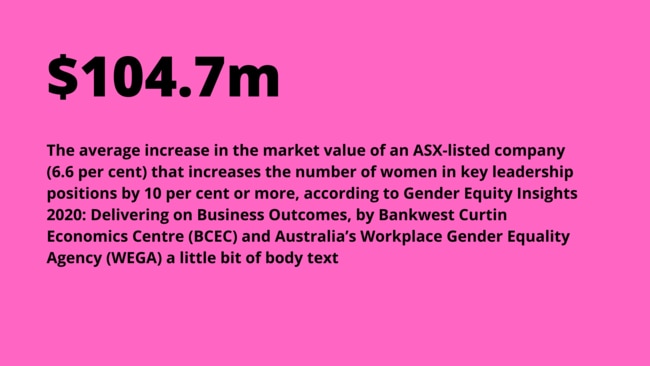
-
MONEY MATTERS
$253.60 is the amount less per week women on average earn than men, according to the Workplace Gender Equality Agency. As at August 2020, the Australian full-time gender pay gap was 14 per cent.
The full-time average weekly base-salary gender pay gap differs across Australian industries.
The agency’s data shows:
• Professional, scientific and technical services industry has the highest gender pay gap at 24.1 per cent
• Financial and insurance services: 22.6 per cent
• Retail industry: 9.1 per cent
• Manufacturing: 9.2 per cent.
-
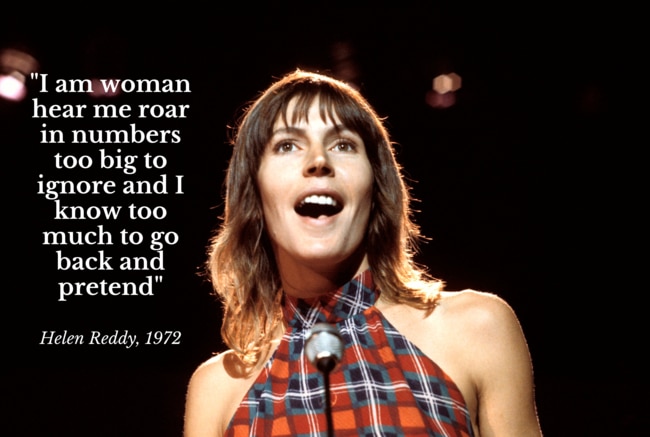
-
GRATING EXPECTATIONS
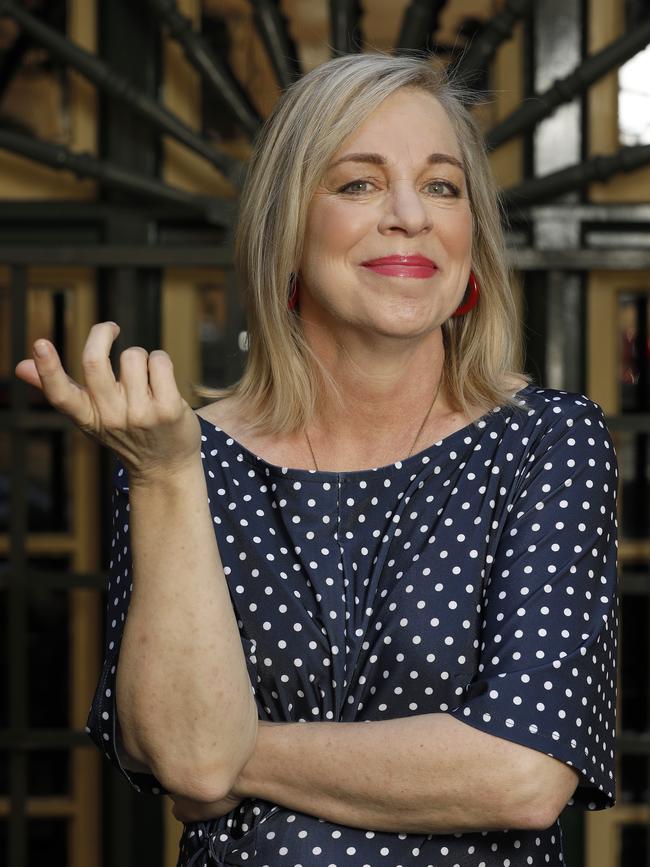
“For my next book I’ve been researching the history of advice to women – from 14th-century clergy to the Kardashians – and I’m struck by the persistence of certain rules and expectations for women,” says Kaz Cooke. “Take up less room, pipe down, wash everyone else’s undies, wear preposterous, uncomfortable clothes!”
Cooke’s pregnancy book Up the Duff, a mix of thoroughly researched medical knowledge spliced with humour, has been in print (with updates) since 1999 and is one of her “real guide” advice books for girls and women. She hopes the working-from-home revolution will help women to bin a bunch of workplace fashion conventions, such as high heels.
“A lot of women have been working from home with a toddler on their head,” she muses. “When COVID lockdowns are over, I hope women refuse to get back into high heels for workwear. What does it say when we are accustomed to the sight of women, but never men, balancing all day long on rickety little foot-sticks, which hurt and damage their feet? Why aren’t men considered more dressed-up if they wobble about on their tippy-toes all day?”
Cooke suggests that heels are “just one of the extra, unofficial charges and taxes women pay to look ‘decorative’ as well as professional and useful”.
Not so long ago, skirts and stockings were compulsory kit in many offices and, she adds, some workplaces maintain unofficial requirements that women wear a skirt and heels.
“Before that, we had horse-hair, under-wig cushions and strap-on arses, also known as bustles,” she says. “Let’s move things along again!” Cooke’s next book, You’re Doing it Wrong: A history of bad and bonkers advice to women, will be published late next year.
-
GDP IS OFF BEAM
New Zealand economist, former MP and author of If Women Counted, Marilyn Waring has been contesting the basis of GDP for decades.
“The rules were drawn up by Western-educated men in 1953,” she argued in a TED talk in Christchurch this year.
“They established a boundary of production … what they were keen to measure was everything that involved a market transaction. So on one side of the boundary, everything where there was a market exchange was counted. It doesn’t matter whether the exchange is legal or illegal.
“Market exchange in the illegal trade in armaments, [munitions], drugs, endangered species, trafficking of people — all of this is great for growth and it all counts. On the other side of the boundary of production, there was this extraordinary phrase in the rules that the work done by the people they called ‘non-primary producers’ was ‘of little or no value’.
As Waring told the crowd, this framing of unpaid work misses its true economic impact: “The single largest sector of Australia’s economy is unpaid childcare, and the second-largest sector is all the rest of the unpaid work …”
Waring contends that this unpaid and unaccounted-for labour is a bigger chunk of the Australian economy than banking, insurance and financial intermediation services, which make up the largest part of the market sector.
-
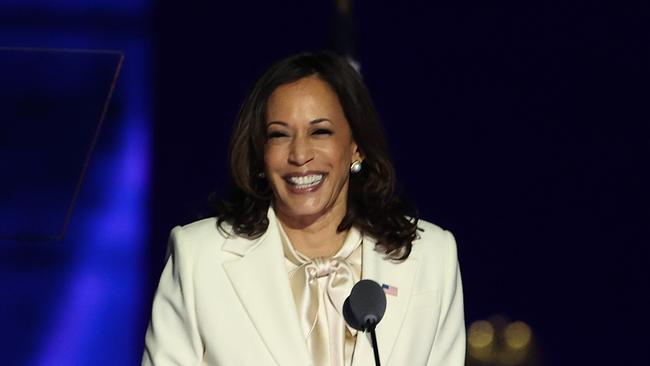
“I’m speaking”
— US Vice President-elect Kamala Harris to the frequently interrupting Mike Pence during the 2020 Vice Presidential debate
-
QUOTA TIME
There’s been a great real-time experiment in women’s politial representation in Australia over the past few decades, with a very clear result,” says Chris Wallace, associate professor at the University of Canberra and author of How to Win an Election (NewSouth Books).
‘The Australian Labor Party embraced gender quotas for winnable seats and now half its politicians in Canberra are women. The Liberral and National parties did nothing and just one-quarter of their politicians in Canberra are women. Declining female representation in LNP ranks is a major factor in Australia falling in the World Economic Forum Global Gender Gap Index from 15th in 2006 to 44th in 2020 — not something to be proud of.”
Wallace, who also wrote Untamed Shrew, the 1999 unauthorised biography of Germaine Greer, says there are quotas everywhere, so why not gender?
“LNP politicians, including many LNP women, proudly parade their antagonism towards gender quotas yet are happy for quotas to apply elsewhere,” she says.
“There’s a quota for National Party ministers on the LNP frontbench and a quota in the Senate for each state to send the same number of senators to Canberra, despite vast differences in their populations. Intelligent LNP members need to move on this soon. Embracing gender quotas with a sunset clause ending them when no longer needed is the obvious way forward.”
-
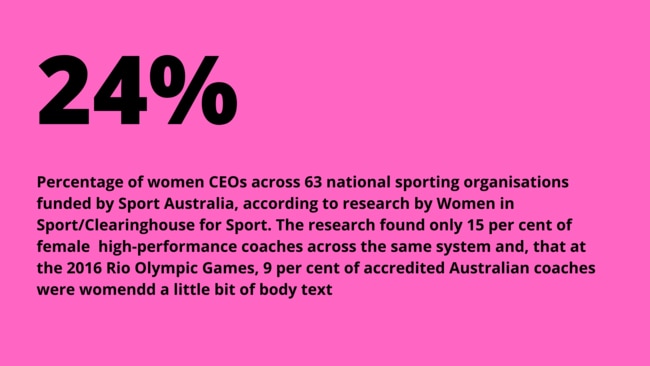
-
ACCESSING ALL BRAINS
In January 2021, Cathy Foley will take up her role as Chief Scientist of Australia.
Celebrated physicist Foley has been with CSIRO since 1985. As she’s noted in several talks, as a married woman it wasn’t long ago that Foley would have been forced to resign from her job at CSIRO under legislation that was in force until 1966.
Ruby Payne-Scott, who did groundbreaking research on radar and solar radio astronomy at the CSIRO in the 1940s and early 1950s, fell foul of this law. In 1950, a pregnant Payne-Scott revealed she’d been wed since 1944 and was forced to become a “temporary”. Government contributions to her superannuation fund were reversed, and she lost her pension rights.
In 2008, CSIRO initiated the Ruby Payne-Scott Awards to support the return to work of women who’ve taken extended leave from the organisation to care for a baby.
-
GENDER ON THE CLOCK
“While family employment patterns have shifted over recent decades away from that of a breadwinning father and stay-at-home mother, the shift has seen an increase in maternal employment (generally part-time) but little change in fathers’ employment patterns. This growth in the ‘modified male breadwinner model’ has seen more mothers engaging part time in paid work while continuing as the primary caregiver (Pocock, 2005). Mothers and fathers still tend to have gendered roles when it comes to work activities in the years after becoming parents. We see this most clearly when comparing time use data for mothers and fathers, and also contrasting these data with their time use in the year before they had their first child. The number of hours fathers spend in employment remains at the same level before and after having children. Fathers do spend time on parenting and childcare when they have young children, fitting this time around their hours of employment. From other time use research, we know that, for many fathers, weekends provide more opportunity for this shared time than weekdays. Mothers’ time use patterns are dramatically different, as their time in employment is lowest when they have an under one-year-old child, gradually increasing thereafter.”
Extract from Fathers and Work: A statistical overview, Jennifer Baxter, May 2019
-
PROUD HERITAGE
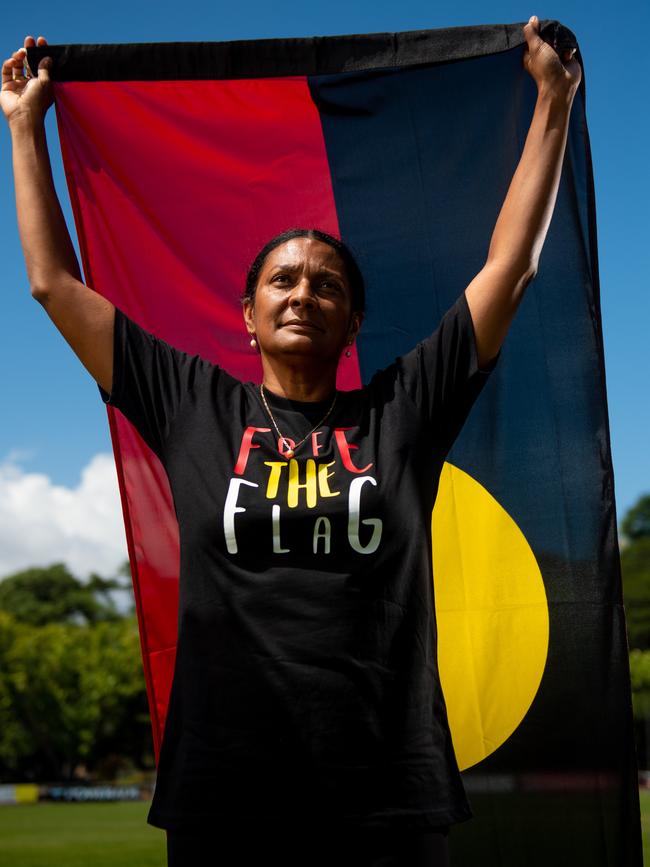
“I am Nova Maree Peris. I was born in Darwin in the Northern Territory and I retain my strong cultural and spiritual ties to my country, to Mother Earth. I am a member of the oldest continuous living culture on the earth. I am proud that this hill that we meet on here today is culturally significant to the Ngambri people as representing the womb of the ‘Woman’ on this Country. It is very significant to me to be the first Aboriginal woman elected to the Federal parliament of Australia … no-one has inspired me more than my grandmother, Nora Peris, a proud Gija woman. She was torn from her mother’s arms and lived on the Mission of Moola Bulla in the East Kimberley. This was home to her for 12 years. A river separated her and her traditional Aboriginal mother who was still living on Country. She used to always say they were so close — yet so far apart. My Nanna’s clothes on the mission were made from stitched-together hessian bags. When the Second World War hit, the kids were released from the mission and for two years she walked and lived off the harsh Eastern Kimberley land. These conditions and her will to survive shaped her …”
Maiden speech of Senator Nova Peris, first Indigenous woman elected to the Australian federal parliament, November 13, 2013
-
‘We will fail to solve any problem — poverty, peace, sustainable development, environment, health — unless we look at it through a gender lens and make sure the solution will be good for women’
— Jane Fonda, writing on Lena Duham’s blog LennyLetter.com
-
FAUX FLEXIBILITY
“It is not a benefit for women to get flexibility at work, to have the wonderful joy of being allowed to work at 10 o’clock at night after their kids go to bed and simultaneously the wonderful joy of having the flexibility to take care of everything at home!”
Kathleen McGinn, professor and senior associate dean at Harvard Business School, on the HBR Women at Work podcast. McGinn has been interviewing US couples with kids about working from home during the pandemic for ongoing research
-
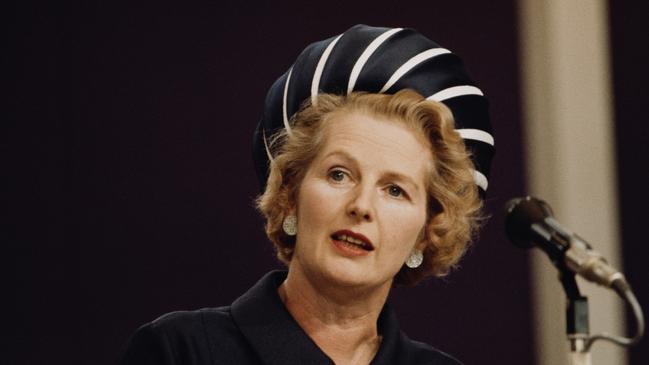
“In politics, if you want anything said ask a man, if you want anything done ask a woman”
— Margaret Thatcher
-
LOOK DEEPER
“I’m every inch the 57-year-old wife, mum and academic, half-proud of her wrinkles, her crow’s feet, even her hunched shoulders from all those misspent years poring over a library desk … And what is beauty after all? Is it someone who is Botoxed to the eyeballs, or someone who feels beautiful under their own skin? The real point is not what I look like, but what I do.”
Classics Professor Mary Beard in 2012, responding to an infamously sexist TV review by the late A.A. Gill, in which he said: “For someone who looks so closely at the past, it is strange she hasn’t had a closer look at herself before stepping in front of a camera.”
-
FIRST MOVER
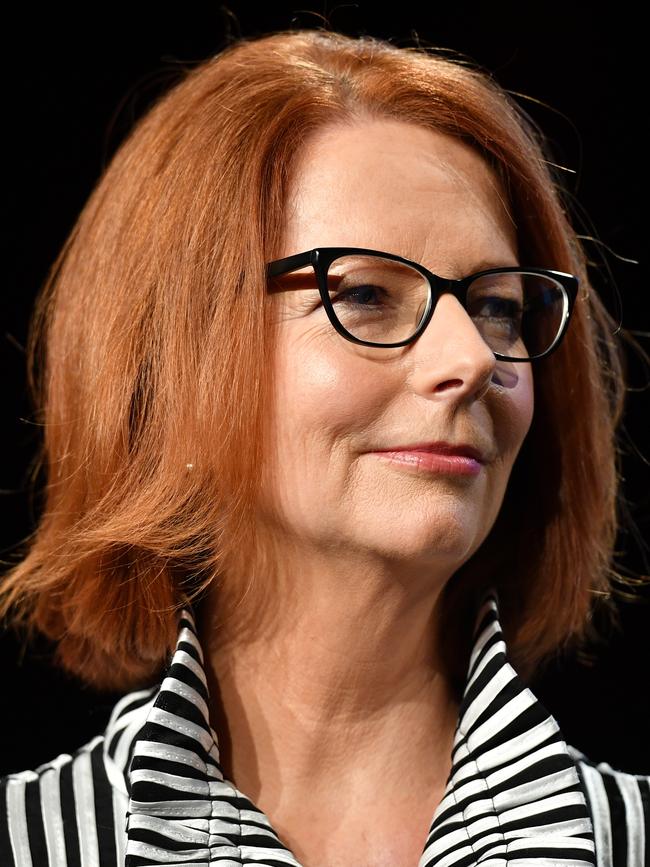
“There’s been a lot of analysis about the so-called gender wars, me playing the so-called gender card because, heaven knows, no one noticed I was a woman until I raised it … being the first female prime minister does not explain everything about my prime ministership, nor does it explain nothing about my prime ministership … it explains some things, and it is for the nation to think in a sophisticated way about those shades of grey. What I am absolutely confident of is it will be easier for the next woman and the woman after that and the woman after that, and I’m proud of that.”
Julia Gillard, June 26, 2013 on being ousted from the Labor leadership while in office
-
LIFT EVERYONE UP
“We need to forget the old saying that if we should be so successful as to achieve our own goals, we should lower the ladder down for other women to come up behind us. Forget the damn ladder! A ladder will only ever hold one woman at a time and they hold on for dear life so as not to fall and no one can get past. #CelebratingWomen taught me that we can each throw down a fishing net and bring up many, many women together, with all of us holding the sides.”
Kirstin Ferguson, whose 2017 social-media campaign #CelebratingWomen featured two women every day for a year from all walks of life – a total of 757 women from 37 countries. She and journalist Catherine Fox co-authored Women Kind, “examining how women’s shared clout is transforming communities, workplaces and leadership”.
-

‘Women belong in all places decisions are being made’
— Ruth Bader Ginsburg, 1933-2020, the second woman to serve on the US Supreme Court
-
WHY SO LONG?
“The Snowy Mountains Scheme took only 25 years. The Overland Telegraph was built in just 18 months. The National Broadband Network is supposed to take 10 years.
Why is Australia able to accomplish these massive national engineering projects but is seemingly incapable of achieving what ought to be the comparatively easier task of social engineering? Why is it that despite 40 years of legislative and other measures designed to achieve equality:
• Women are still paid considerably less than men
• Women are still seen as having primary responsibility for raising children
• Women’s workforce participation rate lags behind men’s
• The top ranks of our major organisations are still, overwhelmingly, male
Why haven’t our anti-discrimination laws eradicated this inequality?”
Anne Summers, whose books include The End of Equality and Damned Whores and God’s Police, in a 2013 speech at the Jessie Street National Women’s Library’s annual fundraising lunch
-
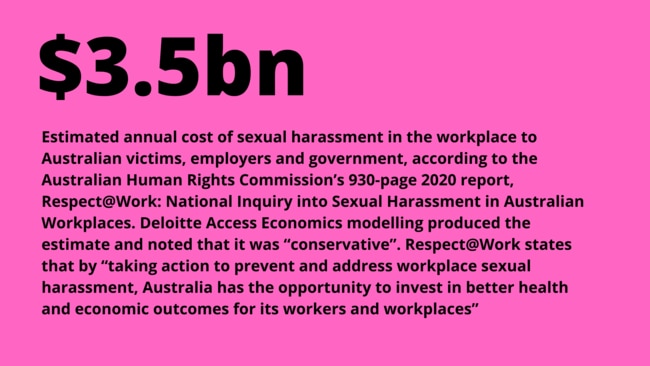
-
LOPSIDED HONOURS
For 43 years, men consistently received more than 70 per cent of all of the Orders of Australia. In 2017, Honour a Woman was launched to try to bring gender balance to the award, aiming to get to 50/50 by this year. Nominations of women have more than doubled, but the 2020 Australia Day awards showed that gender disparity is a tough nut to crack. These 2020 statistics are from the Governor-General’s Office.
Out of the 31 categories, 23 had more male than female nominees. Architecture, the arts and disabled were the only categories with more female nominees. Four categories had no female nominees:
● Medicine, 75 per cent of nominees (66 out of 88) and 73 per cent of award recipients (46 out of 63) were male
● Law, 70 per cent of nominees (21 out of 30) and 67 per cent of award recipients (12 out of 18) were male
● Multicultural affairs, 68 per cent of nominees (23 out of 34) and 68 per cent of award recipients (15 out of 22) were male
● Sport, 63 per cent of nominees (42 out of 67) and 63 per cent of award recipients (31 out of 49) were male.
In the Community category, where it might be expected women would be more evenly represented, 53 per cent of nominees were male (290 out of 548).
And 58 per cent of all nominees (686 out of 1190) and 58 per cent of all award recipients (489 out of 837) were male.
-
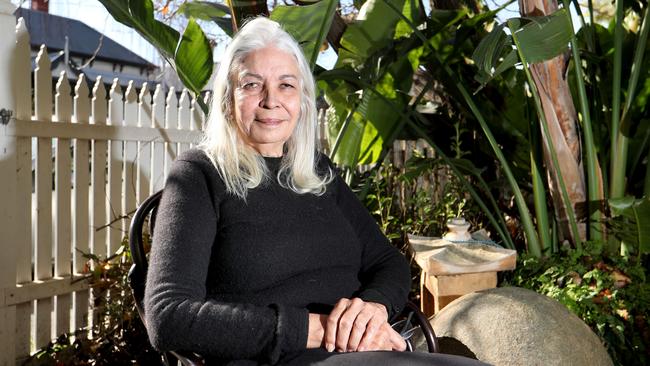
“We are so very far from parity for Indigenous women, and the work ahead is challenging. We will face the arguments of those who will never concede that we are their equal — both Indigenous and non-Indigenous. There remains great nervousness about allowing Aboriginal and Torres Strait Islander women to enter the corridors of power. The demands by Indigenous women for gender equity have been disputed by those who believe the hoary old excuse for male dominance: that women having rights is contrary to culture, despite evidence to refute this.”
— Marcia Langton in her Griffith Review essay For Her, We Must
-
WRITING WRONGS
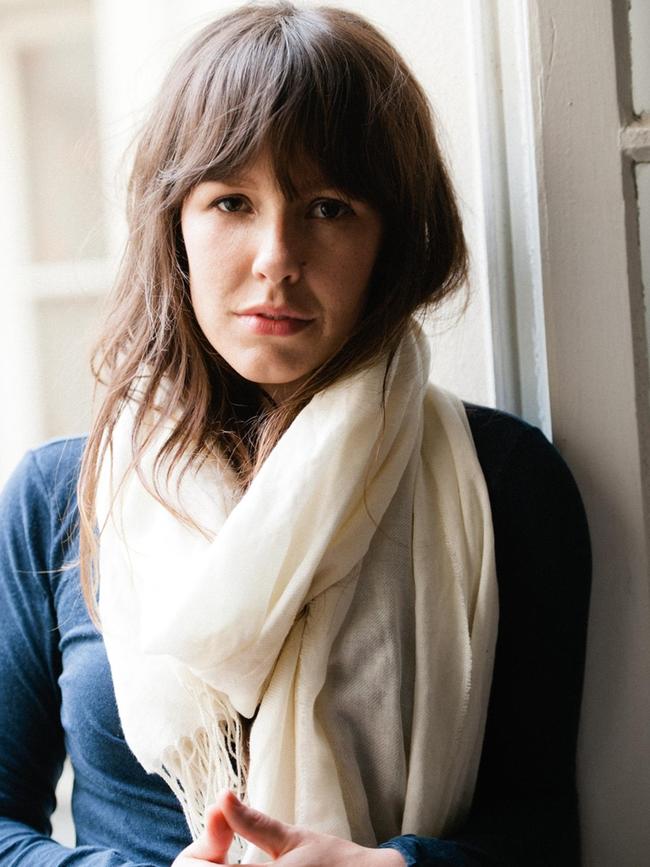
In 2011, a panel discussion at Melbourne bookshop Readings on International Women’s Day talked about the under-representation of female authors and reviewers on the literary pages of Australian newspapers — including this one. At the time, only 10 individual women in 54 years had won the Miles Franklin Literary Award, established through the will of the female writer who wrote under a male nom de plume. From that bookshop panel, an organising committee emerged to create a prize celebrating Australian women writers. The first Stella Prize — named after Franklin’s true first name — was awarded in 2013.
The annual Stella Count collects and analyses data on who’s reviewing, who’s being reviewed and the prominence of those reviews across a range of publications and websites. It is done in collaboration with academics Melinda Harvey and Julieanne Lamond. The 2018 Stella Count said: “In 2018, 49 per cent of all reviews surveyed are of books written by women, up from 40 per cent when the count started in 2012. These results suggest that the act of counting actively shifts the gender balance of literary journalism in Australia.” The 2020 Stella went to journalist Jess Hill for See What You Made Me Do. Wiradjuri woman Tara June Winch was the winner of the 2020 Miles Franklin with her novel, The Yield.
